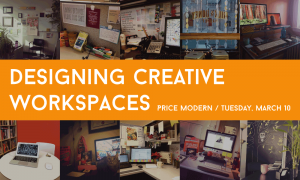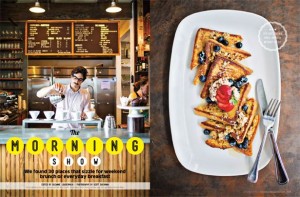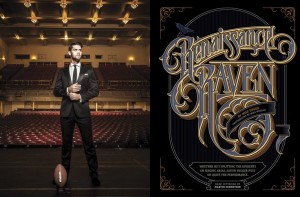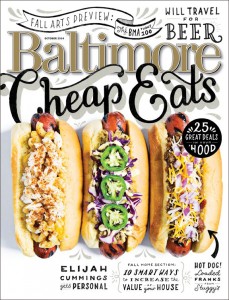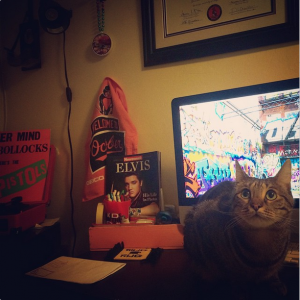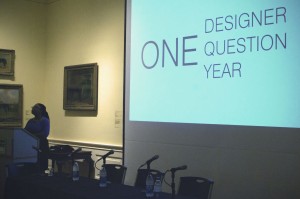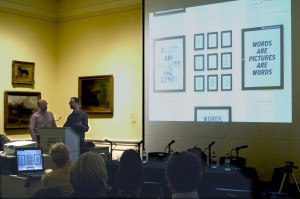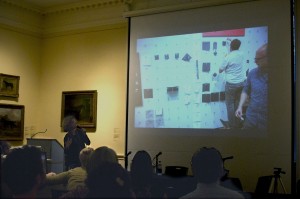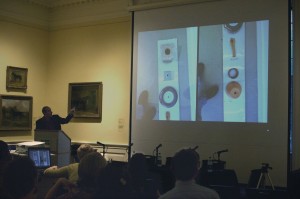During Design Week 2014, AIGA Baltimore was joined by Bob Villaflor, the Design Director for the Human Rights Campaign. Bob talked with us about his experiences with the organization and the importance of design in his work.
About the Human Rights Campaign (HRC)
The Human Rights Campaign (HRC) is the largest LGBT civil rights organization that is fighting for LGBT equality. They aim to spread the word about important LGBT issues by featuring and supporting high profile people who are behind their cause. If you know about the HRC, then Design Director Bob Villaflor is doing his job!
Bob joined the HRC eight years ago and is believed to be the first non-LGBT creative in the organization. His fresh perspective reflects on how far we have come and where it will take us.
What we do as Designers
To quote Bob, “Design plays a critical role in what we do.” With over two million supporters and members, the design team pushes to reach as many people as possible. HRC volunteers are knocking on doors, sharing educational materials, and gathering pledges, which are just some of the tasks the creative team has to support. Being responsible for the visual presence of the organization allows them to put a face to the goal of driving movement among the public.
The most easily recognizable visual aspect of the Human Rights Campaign is their logo. Until its current version, the logo didn’t really exist on a social level, so the design team aimed to consolidate the old version in a way that still reflected the company. The logo had to be simple, elegant, and honest—values inherent to the organization.
Formerly known as the Humans Rights Campaign Fund (HRCF), the HRC was founded in 1980 and went through several logo iterations (here’s just a few of them). In the most recent redesign, the HRC design team partnered with SYPartners of San Francisco in a yearlong rebranding effort. SYPartners helped to solidify the brand and eventually settled on the yellow equal sign on a navy blue square. This now iconic logo helped to give an identity to the movement by representing the HRC core values.
Bob explained, “The logo became something for people to rally around.”
A Tipping Point
In 2012, Chad Griffin joined HRC as the organization’s President, which marked the start of a growth point for the organization. Shortly thereafter, the Supreme Court announced that it would hear arguments on California’s Proposition 8, a ballot proposition that had been passed into law by California voters to deny rights for gay couples to marry. This announcement gave HRC the opportunity to brand the event for its supporters in Washington, DC. Realizing that Proposition 8 was a “court case about love,” Bob and his design team chose to make red the signature color of the campaign. In a bold move, the HRC logo was temporarily changed to muted pink on a red background to show its support for turning over Proposition 8 in early 2013.
In an unexpected turn of events, the campaign went viral, with celebrities and supporters like George Takei, Alicia Keys and Budweiser changing their Facebook and Twitter profile pictures in support. Fans took the campaign and ran with it, remixing and personalizing the logo. The reach was global to the point that it crashed the HRC website and to this day remains one of the most successful campaigns in Facebook history as well as one of the most retweeted of all time. HRC could not have planned for this one hesitant change to be so big, but it made people realize who supported who—which was a big thing to see.
To learn more about HRC, their logo and how it went viral, visit:
http://www.hrc.org/the-hrc-story/about-our-logo
Equality Magazine, Annual Report and Other Campaigns
In addition to their social media and campaign presence, the HRC design team is also responsible for the layout and design of Equality Magazine. At 250,000 copies distributed each quarter, Equality Magazine is the largest LGBT rights publication in the United States. The magazine helps bring attention to anti-LGBT organizations such as the National Organization for Marriage; it also endorses its supporters, recognizing their work in the movement.
The annual report serves as another opportunity to focus on both positive and negative world trends. For the 2013 annual report, HRC partnered with design agency Column Five to develop something that went beyond the standard data-heavy reports that can overwhelm readers. Research and data was compiled into a sharable, easily digestible infographic printed on the reverse side of a book jacket for the annual report. Doubling as a poster, the infographic was shared outside of the organization’s list of major donors.
The HRC design team tackles other campaigns, too, like the “Love Conquers Hate” campaign leading up to the 2014 winter Olympics in Sochi. Equality Magazine started this campaign to show support for the LGBT community in Russia. It was punishable to show LGBT support in Russia, so HRC encouraged Olympians and celebrities to share pictures of themselves with the Russian-language version of the “Love Conquers Hate” shirt across social media.
The Future
In the future, the Human Rights Campaign will continue to “fight for people’s lives” not only in the U.S., but also across the globe. Campaigns such as Project One America aim to share the stories of real LGBT people and their families in less-than-supportive areas such as Central Mississippi, Alabama and Arkansas. On the international front, HRC continues to share their materials, design, strategy, and knowledge with fellow supporters who are trying to raise awareness to audiences across the globe.
Q&A With Bob
What is the biggest hurdle to design around at HRC?
Joint projects. Other departments or agencies can be sensitive over their content.
What advice would you give to designers working with nonprofits who might be against riskier design moves?
Don’t be afraid to put something out there. Consolidating branding of HRC was a big move—so was changing the logo in support of Proposition 8—but it allowed the community to think, to interact with it. Design solutions do take a lot of buy in from senior management, but they do have to trust your decisions in this dynamic time for the organization and LGBT community.
How do you feel about living, working and making changes in Washington, DC—the political heart of the country?
Seeing change is incredible. My family and kids live in a city where lives are being validated—which is funny in a city like Washington, DC that at times can’t seem to get anything done. Don’t Ask, Don’t Tell was a recent win that was seventeen years in the making.
As a designer, how do you handle a bad stakeholder review?
Beer! Think less about the rejection and more about moving forward, about the mission. You are not going to win them all. Some days there is just no time to come up with something perfect and sometimes it’s junk. Other times, it’s about the longview. With HRC, there’s the luxury of not having to have tangible results like numbers, sales, revenue, but that’s not always the case.
Shannon Crabill is a New Media Specialist at T. Rowe Price. Outside of the Internet, you can find her dancing, riding her motorcycle and binge-watching home improvement shows on HGTV. Tweet her at @shannon_crabill.
Mitchell Cole is the web sales manager at Service Photo Supply. Most of his free time is spent indulging in some sort of gaming, controller or dice never far from reach. Find him on Twitter at @mc_mittens.
 Missan Madani
Missan Madani Anna Spisak
Anna Spisak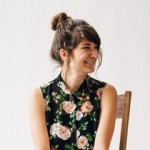 Jen Sullivan
Jen Sullivan Maged Abdelsalam
Maged Abdelsalam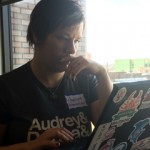 Angelique Weger
Angelique Weger Dan Blake
Dan Blake Panayiotis Karabetis
Panayiotis Karabetis Michael Jovel,
Michael Jovel, 
 Elyse Exposito
Elyse Exposito
